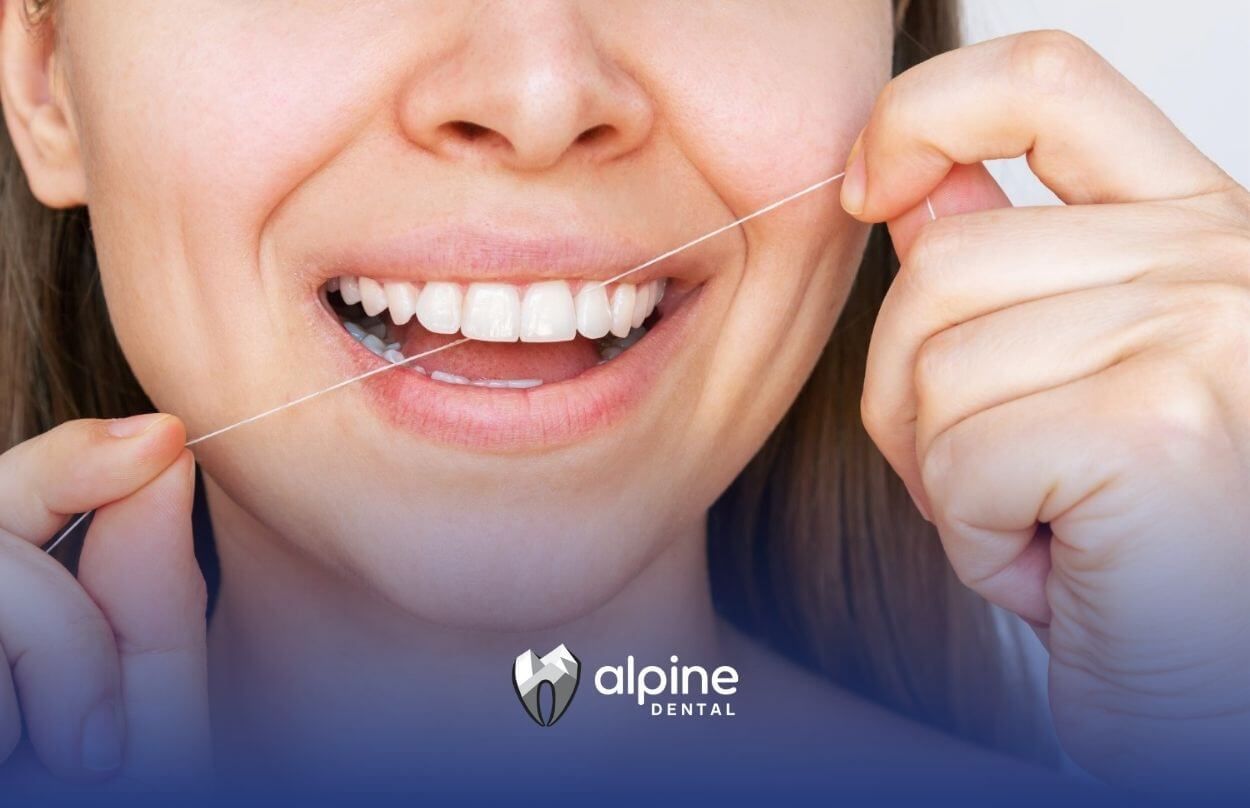Is Gum Disease Contagious? Facts Every Family Should Know
Understanding Gum Disease
What Is Gum Disease?
Gum disease, or periodontal disease, refers to infections of the tissues that support the teeth. It begins when
bacterial plaque triggers inflammation in the gums. If untreated, the infection can spread to the bone and connective tissues that anchor the teeth.
Causes Of Gum Disease
Dental plaque is a sticky film composed mainly of bacteria. Poor brushing and flossing habits allow plaque to build up along the gumline. Over time, plaque can harden into tartar, which fuels persistent inflammation and tissue damage.
Stages Of Gum Disease
Dental professionals classify gum disease into four progressive stages. Recognizing the stage helps guide treatment decisions and predict outcomes.
| Stage | Description | Key Symptoms |
|---|---|---|
| Gingivitis | Inflammation limited to gum tissue | Red, swollen gums; bleeding |
| Slight Periodontal Disease | Early loss of connective tissue and bone | Mild bone loss; 3–4 mm pockets |
| Moderate Periodontal Disease | Progressive tissue damage | Deeper pockets; tooth sensitivity |
| Advanced Periodontal Disease | Severe bone loss and tooth mobility | Gum recession; loose or lost teeth |
(Stages based on Cleveland Clinic classification).
Transmission Pathways
Role Of Saliva
Saliva can harbor a mix of oral bacteria, including those that cause gum disease. When saliva transfers from one mouth to another, it can introduce pathogenic organisms to a new host. Although brief contact poses minimal risk, repeated exposure increases the chance of transmission.
Shared Items Risk
Objects that contact saliva may become reservoirs for harmful bacteria. Sharing utensils, drinking glasses, or even toothbrushes can move pathogens between individuals. While a single instance carries low risk, habitual sharing raises odds of bacterial transfer.
Close Contact Scenarios
Activities like kissing or caring for a young child can involve prolonged saliva exchange. Deep or frequent kissing provides direct routes for oral bacteria to colonize another mouth. This kind of long-term contact carries a higher risk compared with casual exposure.
Evidence Of Contagion
Research On Transmission
Recent microbiome studies have linked specific bacterial strains between partners and family members. These investigations suggest that spouses, caregivers, and dental professionals may share similar periodontal pathogens. Such findings support the idea that gum disease microbes can migrate under certain conditions.
Studies Using DNA Tracking
In one study, researchers applied DNA coding techniques to match bacteria from patients with early periodontitis to strains found in their partners. The genetic fingerprinting showed high similarity, confirming real-world transmission pathways. While more research is needed, these data reinforce the contagious potential of periodontal infections.
Factors That Increase Spread
Poor Oral Hygiene
Neglecting daily plaque removal leads to higher levels of pathogenic bacteria. A greater bacterial load increases both disease severity and the likelihood of passing organisms on to others. Consistent oral care reduces the community reservoir of harmful microbes.
Smoking And Immunity
Tobacco use weakens the immune system and reduces blood flow to gum tissues. This impairment accelerates disease progression and hinders the body’s ability to fight infections. Smokers also exhibit slower healing after dental treatments, giving bacteria more time to persist.
Genetic Predisposition
Genetics can influence how strongly an individual’s immune system responds to oral bacteria. Some people mount an exaggerated inflammatory reaction that damages gum tissue faster. Understanding family history helps identify those at higher risk for rapid disease spread.
Risk factors that contribute to both severity and transmission include:
- Poor brushing and flossing habits
- Tobacco use
- Genetic predisposition
- Systemic conditions such as diabetes
Prevention And Control
Daily Oral Care
Daily plaque removal is the frontline defense against gum disease. Proper technique, combined with effective tools, keeps bacteria in check.
- Brush teeth at least twice a day with fluoride toothpaste
- Floss daily to remove plaque between teeth
- Use an antimicrobial mouth rinse nightly
(Recommendations based on Mayo Clinic guidelines).
Professional Cleanings
Even the most diligent oral care cannot remove hardened tartar. Biannual cleanings by a dentist or hygienist are essential to clear these deposits and prevent flare-ups. Regular exams also catch early inflammation before irreversible damage occurs.
Lifestyle Modifications
Healthy habits outside the bathroom also support gum health. Smoking cessation, a nutrient-rich diet, and stress reduction strengthen the body’s defenses. Managing chronic illnesses like diabetes further reduces the risk of severe infection.
Managing Infection Long Term
Treatment Options
Professional intervention becomes necessary when infection advances. Common treatments include:
- Scaling and root planing to clean root surfaces and eliminate tartar buildup
- Antibiotic therapy to reduce bacterial populations
- Surgical procedures, such as flap surgery or bone grafts, to repair advanced tissue damage
(Procedures described by Mayo Clinic).
Maintenance Strategies
After active treatment, ongoing care is key to prevent recurrence. Supportive periodontal therapy includes professional cleanings every three to four months, targeted antimicrobial rinses, and frequent monitoring of pocket depths. Patients follow a personalized schedule based on disease severity and response to treatment.
When To See A Dentist
Signs And Symptoms
Early detection improves outcomes and reduces transmission risk. Common warning signs include:
- Red, swollen, or tender gums that bleed easily
- Gum tissue pulling away from the teeth, forming pockets
- Chronic bad breath that does not improve with brushing
- Loose or shifting teeth indicating bone loss
- Pain when chewing or temperature sensitivity
(Symptom list based on NIDCR information).
Screening Recommendations
Routine dental exams help catch gum disease in its early stages. Most individuals benefit from checkups and cleanings at least every six months. Those with a history of periodontal problems or systemic risk factors may require more frequent visits to monitor gum health.
Conclusion
This review clarified that periodontal disease bacteria can pass through saliva during prolonged contact. Families and caregivers reduce transmission risk by maintaining meticulous oral hygiene and avoiding shared utensils or toothbrushes. Professional dental care, paired with healthy lifestyle choices, offers the strongest defense against spread and progression. Individuals noticing persistent gum inflammation or bleeding are advised to schedule a dental evaluation promptly for early intervention.
At Alpine Dental, we help families take proactive steps to identify, treat, and prevent gum disease before it becomes serious. Whether you’re caring for a child, aging parent, or yourself, early detection and routine dental visits are key.
Protect your smile and your family’s. Book a periodontal screening with us in Lakewood today and take the first step toward healthier gums and better overall oral health.
Frequently Asked Questions
Can gum disease spread through kissing or sharing utensils?
Yes. Bacteria responsible for periodontal disease can be transmitted via saliva through close contact, especially if oral hygiene is poor.
What are the early warning signs of gum disease?
Early symptoms include red, swollen, or bleeding gums especially while brushing or flossing. Persistent bad breath and gum recession are also common.
How can I prevent gum disease at home?
Brush twice a day with fluoride toothpaste, floss daily, avoid smoking, and schedule professional cleanings twice a year. Regular checkups are vital for early detection.
SOURCES:
https://my.clevelandclinic.org/health/diseases/21482-gum-periodontal-disease
https://www.nidcr.nih.gov/health-info/gum-disease
https://www.mayoclinic.org/diseases-conditions/periodontitis/symptoms-causes/syc-20354473
https://www.healthline.com/health/gingivitis
https://www.hopkinsmedicine.org/health/conditions-and-diseases/periodontal-diseases
https://www.nhs.uk/conditions/gum-disease/




